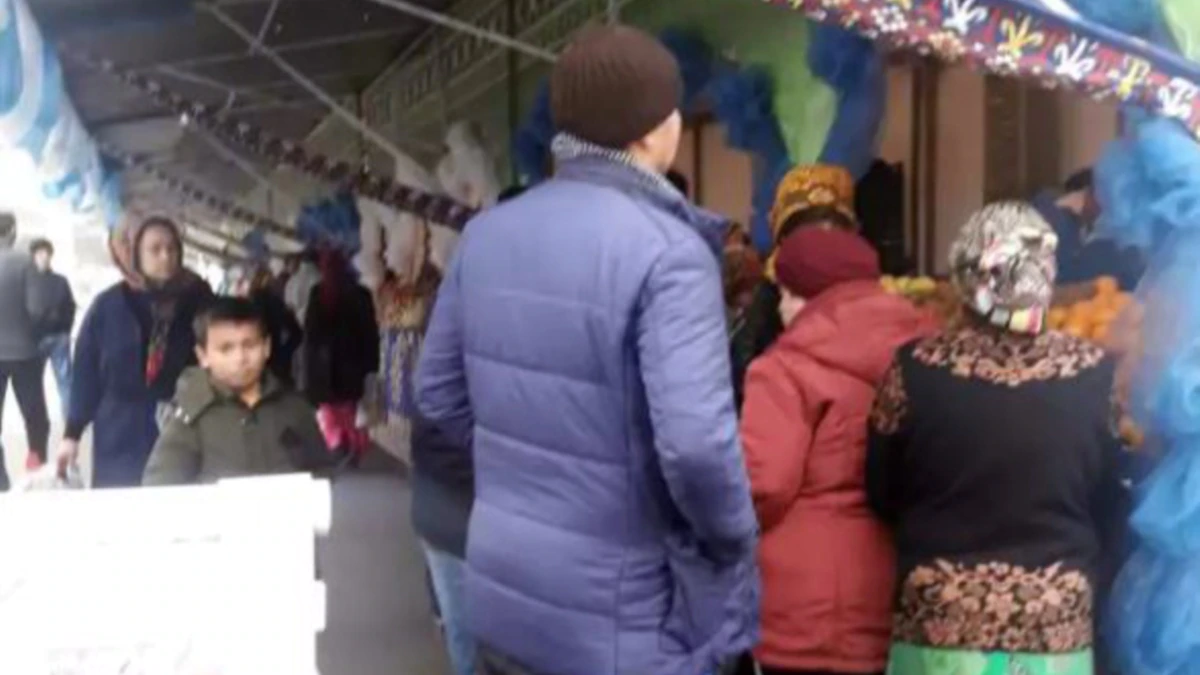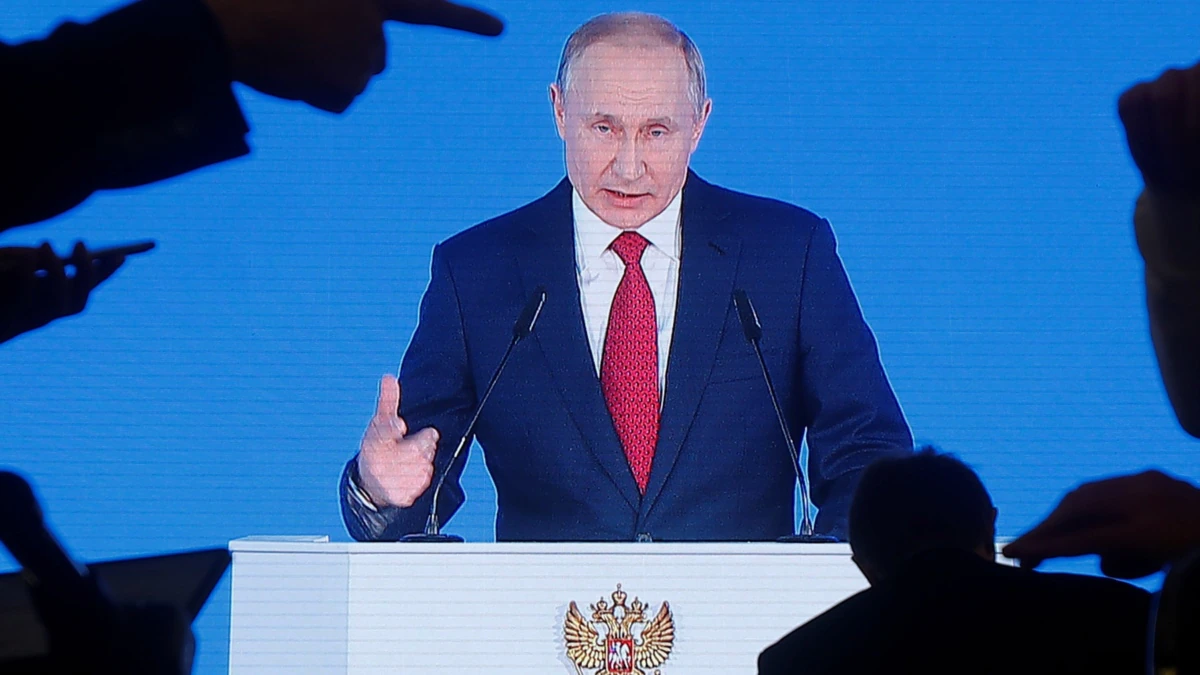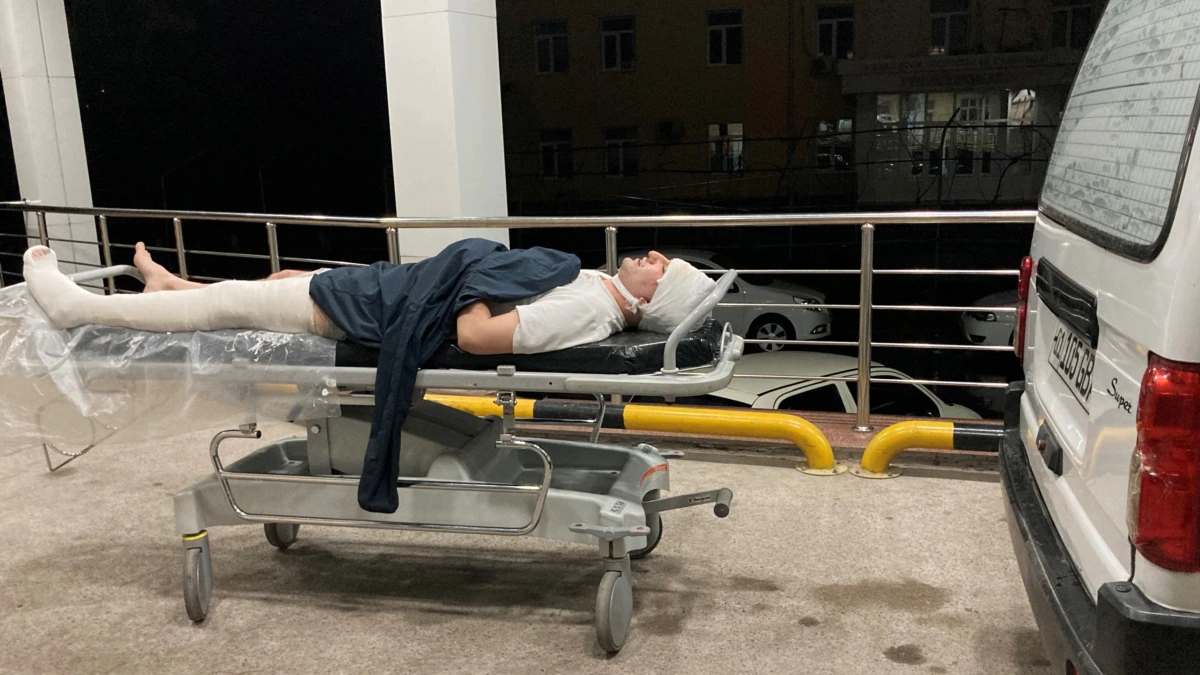Dr Sakhawat Hussain Sandralvi,
Nation’s celebrates there calendar with joy and happiness, while the Muslim calendar begins with grief, sorrow and anguish.
Year 61 A.H., in the hot desert of Karbala, the grandson of the Holy Prophet, along with relatives and friends, were slaughtered hungry and thirsty.
Before the arrival of Muharram, preparations for mourning ceremonies and processions in memory of Imam Hussain (A.S.) begin all over the world.
The budget spent on 10 days of Muharram cannot compete with the budget of big countries in the world.
Nazar o Niaz on the name of Imam Hussain (A.S.) were distributed everywhere. Sabeels are established in memory of Karbala martyrs.
No language on earth that does not commemorate the Prophet’s grandson Martyrdom.
A large number of scholars, Zakirs, Marsiya Khuwa and mourners have gathered in different parts of the world to meet the demands of mourning.
Attendance at mourning ceremonies at Imambargahs and Ashura Khanas is increasing from the 1st of Muharram till Sham e Ghariban.
No one around the globe took name of dictator and tyrant Yazid while the love of the grandson of Prophet is rippling in the heart of every afflicted person.
Corona virus has badly affects the humanity and from last two year Muharram commemorates with new requirements. In some western countries, blasphemy against our Holy Prophet (P.B.U.H.) through cartoons has affected the hearts of Muslims.
A Wasim Rizvi ideology type person’s distorting the Qur’an and the publication of the modern Qur’an has created a gap in the Muslim Ummah.
Muslims all over the world highlight’s the Islamic ideology of peace and to make the world aware of Karbala through their actions. Moharram processions fully un-veil the crimes of tyrant rulers like Yazid.
To spread the universal principles of true Islam, mourning ceremonies of 10th Muharram are the best school for the guidance for Muslims. There is nothing in this institution except love.
The damaged reputation of Muslims can be restored by keeping in sight the sacrificing of Karbala martyrs.
The martyrs of Karbala draw a line between truth and falsehood, honor and disgrace, good and evil, and peace and terror.
Today the Adhans of the mosques, Tawaf of the Ka’bah, survival of Islam and the word Tayyiba and the existence of Islam is the result of Karbala Martyrs.
Claiming to avenge the slains of Badr, Yazid lost his battle forever. He desired personal projection while the Imam was advancing with sacred mission for survival of the religion.
Before the beginning of Muharram, some peoples try to advocate for Yazid and on other end, terrorists sprayed bullets at mourners of Hussein (A.S.). It is the responsibility of the preachers and speakers until the 10th of Muharram to refrain from provocative speeches. Do not publish objectionable material in magazines and journals. Young generation adopt realistic sentiments.
It is the duty of Government of Pakistan, during Muharram, law and order situation under control and maintained on priority. This is the best platform for Islamic unity because all sects participate in the processions of 10th Muharram.
The grandson of the Prophet (peace and blessings of Allah be upon him) left Madinah due to no massacre would be committed in Madinah.
Imam changed the Ahram of Hajj to Umrah and moved away from the Ka’bah because some people came in the guise of pilgrims to kill Imam Hussain.
During Muharram processions, the preparation of Imam Hussain’s caravan will be revealed; his loyal Awan and Ansar will be mention in Majalis and dhikr.
The first person in the world to mourn the loss of Imam Aali Maqam was Sahabi Rasool (Urwa Ghaffari) whose hearing was so weak that he could not hear even the thunder of the clouds. According to his wife that on the night of the 28th Rajab, he sat up on his bed and said in amazement, “I can’t hear anything, but I feel that some women are crying.” His wife replied, “There are cries of the daughters of Ali (A.S.) because the family of the Prophet (Peace be up on him) is leaving Madinah.”
The companion of the Prophet (peace and blessings of Allah be upon him) is also saddened on hardships of Imam Hussain.
The Prophet’s (P.B.U.H.) Companions role must be added with the dhikr of Imam Hussain because Yazid is not only the killer of Ahl e Bait but also the killer of the Companions.
If Karbala was just a sad story it would not have lasted so long. It is the greatest university for human guidance. There is a curriculum for children from six months to ninety years old.
The story that has been read and heard in the fourteenth century, it has a new vigor whenever it is repeated.
Determination, sacrifice, faithfulness, courage and ability, passion and strength, jihad and reform, nobility and honesty, honor and dignity, and the connection between the Creator and the creatures, that zeal’s; boil up the ones blood and ones begins to understand religion.
Every aspect of great martyrdom should be highlighted in Muharram processions. Karbala eliminates the distinction between black and white, Arabs and No Arabs, rich and poor
From the pyramids of Egypt to Babylon and Neyneveh, Mohenjo-daro to Harappa and Taxila, from the Cave of the Kahf in Jordan to Tor and Nile, archeological history is spread, such rare events are not occurred on other place, like on the land of Karbala.
During Muharram processions, Imam Hussain (the leader of Paradise youth) will be mentioned, the black slave John will also be remembered.
In every Imam Bargah, a day is set aside for the remembrance of Hur, so that people may also realize the ark of repentance and greatness of the guest of few hours. Companions of the Holy Prophet (P.B.U.H.), Hazrat Habib bin Mazahir, Muslim bin Awsjah, Zuhair Ibn Qayn is also specialy mentioned in Majalis.
Remembrances of Wahab Kalbi newly converted to Islam. Obvious the dhikr of Sarkar Ghazi Abbas Ahlul Bayt highest position. Hazrat Ali Akbar, Hazrat Ali Asghar, Hazrat Aun and Muhammad, Hazrat Qasim, Hazrat Abda Ibn Hassan, Aqeel Alad, Jafar Tayyar etc. will be remembered in a special way. Aspects of the biography of martyrs like Barir Hamdani and Nafi’ah bin Hilal will be highlighted.
In Karbala, the tyrant is tired of oppression, but Patience stand firm. I have seen people who do not mourn distribute Nazar. This is also a color of devotion.
Martyrdom of Imam Hussein has changed mindsets, revolutionized thoughts, given life to nations, so Hussein’s grief is not specific to any religion or sect.
Contrary, Zikr-e-Hussain is a practice in every religion and nation. Even among the jinn, the remembrance of Imam Hussain (AS) is very common. From downtowns in the US to the jungles of Africa, from the neighborhoods of churches in Europe to the vicinity of the mosques of the Holy Hijaz. From the pillows of the Turks and Persians to the Husseiniyats of Syria and the UAE, from the Aza Khanay of Iran to Iraq Hawair. From the royal Ashura Khanas of Hyderabad Deccan to the temporary tents of Sindh. From Canada’s snow-capped peaks to Sibi’s fiery valleys. From the ancient imambargahs of U.P. to the open imambardah of the Punjab, we have seen with our own eyes the scenes of remembrance of the martyrs of Karbala, that sometimes the voice of Ya Hussain is heard unconsciously.
The people of Karbala taught us to follow the religion in unfavorable conditions. The media should spread the Imam’s ideology. The Hussaini women did not allow the incident of Karbala to be buried in the sands of Karbala. Similarly, our women participate in Majalis Hussain more than men. May God bless all the men and women.
This year’s Muharram is bringing many challenges and the Muslim Ummah is in dire need of significant struggle during the days of Muharram.
First of all, unity, reconciliation and forgiveness among the Ummah of Muhammad (P.B.U.H.) must be practiced. Instead of issuing fatwas on others, one has to look into own collar. The message of Karbala should not be limited to slogans, but their sacrifice should be used as a beacon to get rid of idolatry.
This sacred institute must be seen as a source for collective, universal and religious interests rather than personal or familial, sectarian or regional interests.
Thirdly, there must be a movement for justice for the oppressed people of Jerusalem, Kashmir, Yemen and Nigeria.The philosophy of Imam Hussein sacrifice and the martyrs of Karbala must be highlighted through social media, electronic and print media. The Institute of Karbala must be used to root out atheism, immorality, perversion, bigotry, immorality, slander, oppression and atheism.
If the fragrance of Hussainiyyat spreads to all four corners of the world as Muharram is over and the stench of Yazidism disappears, then recognize that we have succeeded.
The poet told the truth
May love be created from the oppressed, may the traces of Yazidi be erased
That is why your painful situations are told
مظلوم سے الفت پیدا ہو آثار یزیدی مٹ جائیں
اس واسطے تیرے درد بھرے حالات سنائے جاتے ہیں
May Allah bless us in charity of Imam Hussain, the martyrs of Karbala and the captives of Kufa and Syria with the help of information and reformation from Karbala, and by eliminating contradictions and ego in our every words and deeds, may Lord, awaken the spirit of nearness to Allah.
This prayer is from me and from the whole world. Amen
This post was originally published on VOSA.
























